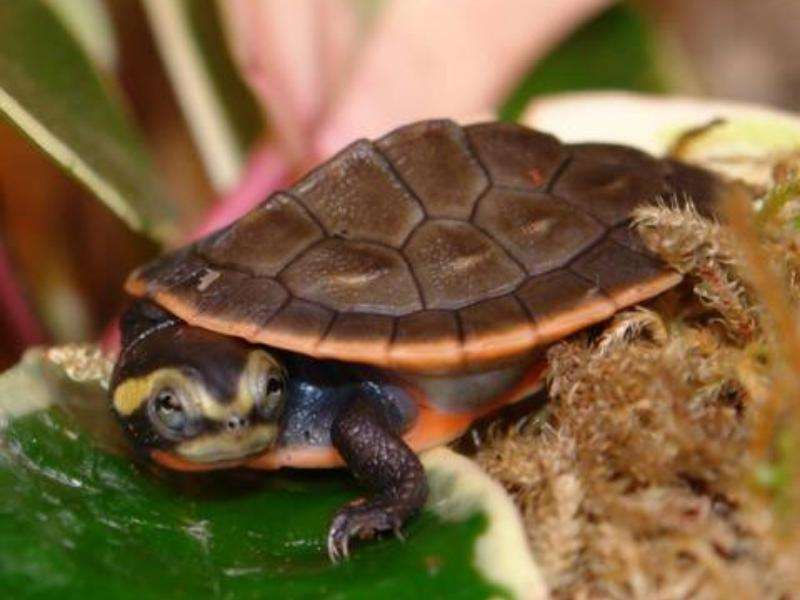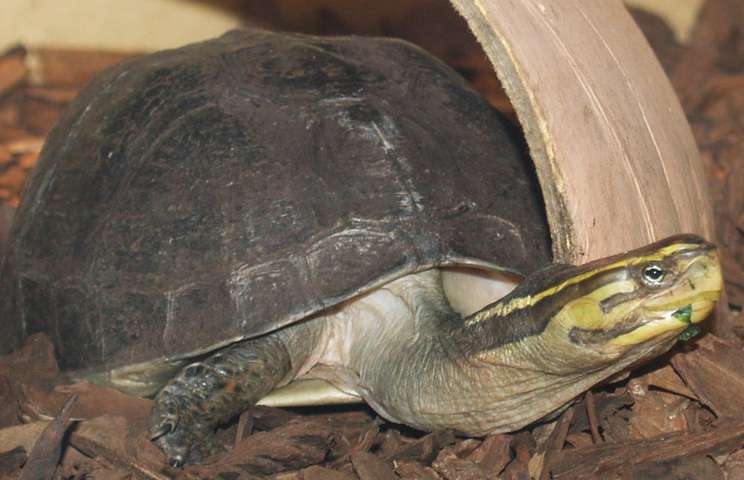
Due to attempts at captive breeding, pink-bellied side-necked turtles, a stunning species of aquatic turtle, are becoming more widely available on the market. These turtles are entertaining pets for an experienced turtle keeper since they may be quite active but calm. This article will walk you through the ins and outs of Pink-bellied side-necked turtle care to help you determine whether one is a good fit for your collection. Size, diet, temps, and water conditions will all be discussed.
Habitat
Aquatic pink-bellied side-necked turtles can survive in a variety of habitats. Warm tropical waters in Australia or Papua New Guinea are part of their natural environment. These turtles prefer to hide in some thick aquatic plants and hardly ever leave the water.
Care as a Pet

Enclosure
The ideal tank size for male Pink-bellied side-necked turtles is 75 gallons, whereas larger females require a tank of about 100 gallons. As long as their temperature requirements are maintained, these adaptive turtles can even be kept in outdoor ponds.
20-gallon aquariums are suitable for housing hatchlings and juvenile fish. For every inch your specimen grows, add an additional 10 gallons of tank capacity. Add 10% to 15% more tank space per 10 gallons if you’re keeping multiple people in a tank to give them more area.
You might favour shallow or deep water. Tanks with more depth will be simpler to maintain. These turtles enjoy a lot of space and are excellent swimmers.
Heat
The temperature of the water in their tanks doesn’t particularly bother Pink-bellied side-necked turtles because they are a species that is versatile. The range is about between 66°F and 80°F. To monitor the water’s temperature, use a thermometer. The perfect temperature for Pink-bellied side-necked turtles to bask at is between 90°F and 95°F.
Feed
Since pink-bellied turtles are primarily carnivorous in the environment, their diet in captivity should consist primarily of crustaceans, insects, fish strips, mollusks, and worms like bloodworms to mimic their natural diet. You can also buy turtle pellets from a store. Additionally, it’s a good idea to serve your pink-bellied turtle some vegetables and dark leafy greens at mealtime to add some diversity to its diet.
To mimic how these turtles would normally eat, let food float in the tank’s water. For adults, feeding can be done three to four times each week.
Table





